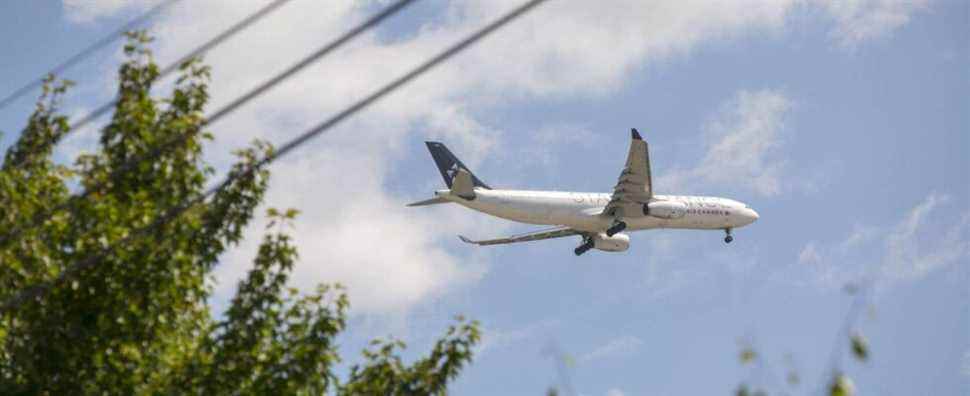To revive regional aviation, the Legault government is counting on new discounts that will allow all Quebecers to fly to the regions for $500 or less starting this summer. Expected for almost two years, the plan must be officially unveiled this Tuesday in Mont-Joli.
With this approach, the government wishes to counter the sometimes well-founded perception that it costs more to create Montréal-Gaspé than Montréal-Paris.
“The idea is to give Quebecers access to all of Quebec,” explained a source familiar with the matter. “By intervening on the price, we think we can create new demand. »
As of this summer, companies that join the program will be required to advertise round-trip flights of a maximum of $500, all costs included. Carriers will be somehow compensated by the state for the difference in prices without the consumer having to take steps to get reimbursed, learned The duty.
The timing is not insignificant. The government was waiting for spring to associate the unveiling of the plan with the promotion of the tourist season. The Minister of Tourism, Caroline Proulx, was also expected alongside the Minister of Transport, François Bonnardel, for the announcement this morning in Mont-Joli.
More than twenty routes will be eligible in the regions of Saguenay–Lac-Saint-Jean, Abitibi-Témiscamingue, Bas-Saint-Laurent, Gaspésie and Îles-de-la-Madeleine, Côte-Nord and Nord-du-Québec.
This includes flights between major centers and regions (Montréal–Sept-Îles, for example), flights between regions (Gaspé–Mont-Joli) and flights to the most isolated destinations in the territory (to Blanc-Sablon or Anticosti ).
In some cases, this won’t change anything since prices are already below $500. But prices tend to increase a lot now, especially for last-minute bookings, our source points out.
These well-priced tickets will not, however, be unlimited. Therefore, the mine worker who makes regular round trips between Montreal and Fermont will not have access to discounts for each of his trips. Beyond a certain number of purchases per year (two or three according to our sources), consumers will have to pay the usual prices, the target clientele being primarily tourists.
This plan has been eagerly awaited since the announcement, in the summer of 2020, of Air Canada’s withdrawal from several regional destinations such as Val-d’Or, Baie-Comeau, Mont-Joli, Gaspé and the Îles-de-la -Madeleine.
At the time, the Minister of Transport, François Bonnardel, had created a “crisis cell” with representatives of the industry and experts with the aim of rethinking the Quebec model of regional flights. “Everything is on the table,” he repeated. Since then, a series of proposals have circulated: creation of a system of calls for tenders, regional aviation authorities, etc. In a report submitted to the ministry last year, expert Jacques Roy suggested that services are structured around three carriers (Pascan, Air Creebec and Air Inuit). He also proposed giving a pivotal role to the Jean-Lesage airport in Quebec.
Air Canada eligible
In the meantime, the context has partly changed. Air Canada partially restored its services, and the TREQ cooperative, with its low-cost flight project, garnered support, in particular from the Parti Québécois and certain unions. In our understanding, nothing would prevent a group like TREQ from participating in the new model which would be offered to all carriers offering flights to and from the regions. This means that even Air Canada may be eligible for the program. The Ministry of Finance has released $261 million over five years to fund this new program.
As for the airfare reduction program, which allowed residents of remote regions or regions deprived of the road network to be reimbursed between 30 and 50% of the price of their tickets, it will be maintained, but adapted.
Support measures for carriers and airports related to the pandemic will also be renewed by the end of the fiscal year. This is particularly the case with the Assistance Program for the Maintenance of Essential Regional Air Services during Health Emergencies, which will make it possible to reimburse the operating deficits of companies responsible for essential services if new waves occur.
